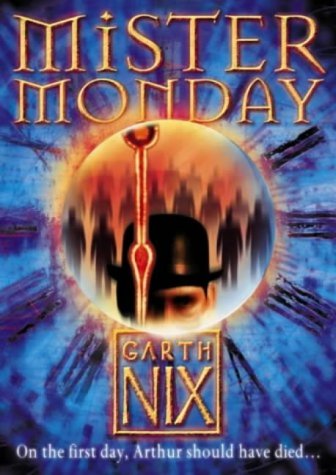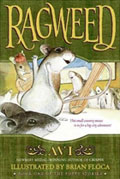[button color=”black” size=”big” link=”http://affiliates.abebooks.com/c/99844/77798/2029?u=http%3A%2F%2Fwww.abebooks.com%2Fservlet%2FSearchResults%3Fisbn%3D9780140350920″ target=”blank” ]Purchase here[/button]
This hilarious fairy-tale spoof was written as a “fireside pantomime,” to amuse a group of English children between Christmas and New Year while staying in an unnamed European city. Moreover, it was published under the pseudonym “Michael Angelo Titmarsh,” if you please. Today’s American children might not understand what’s so funny about that name, let alone what a pantomime is or why it’s remarkable to find the author of such big-boned books as The Luck of Barry Lyndon and Vanity Fair chronicling the romantic tomfoolery of the Princesses Angelica and Rosalba, and the Princes Bulbo and Giglio. But that won’t stop them from giggling in all the right places.
These royal sillies dwell in the imaginary countries of Paflagonia and Crim Tartary. Two of them are rightful heirs, cheated out of their throne by a bit of misfortune that (in the wisdom of their fairy godmother) ought to do them good in the long run. The other two are the wrongful heirs—that is, the offspring of the vile usurpers, King Valoroso of the one country, and King Padella of the other. Their romantic entanglements are complicated by a magic ring and a buttonhole flower (guess which kind), both of which make the wearer irresistible to behold. Also mixed up in their off-again, on-again marriages, executions, rebellions, and wars, are such choicely named characters as the Countess Gruffanuff, Captain Hedzoff, Hogginarmo, and Sleibootz.
No one who is even the tiniest bit a child at heart is safe from laughing as our royal heroes and heroines are forced to keep horrible promises, face hungry lions in an arena, wander the countryside in rags, hope for a last-minute stay of execution, witness weird transformations, and deliver incredibly long speeches (which, lucky for us, Thackeray summarizes very succinctly). Finally, when everyone has fallen in love with the right person, the Fairy Blackstick delivers one last lesson. And if you’ve learned your lesson, it’s that nothing is safe from a satirist’s wit—even fairy stories. But with a light enough touch, even a tongue-in-cheek fairy tale can be magical.
There is a wrong way and a right way to read this book online for free. Unfortunately, I went with the wrong way: by downloading the $0.00 Kindle version. The right way would be to visit the Internet Archive and flip through a virtual hard copy of the book, complete with Thackeray’s original illustrations—for the author was also, we find, a fairly talented artist, and would have been a top-drawer book illustrator, had not the misfortune of becoming a celebrated novelist befallen him. The latter version also preserves the doggerel verses embedded in the table of contents (omitted by Kindle), the original layout of several passages where the text is laid out in whimsical braces and parallel columns (which Kindle garbles beyond all recognition), and the correct spelling of several words that, I suspect, fell into the cracks of Kindle’s spell-checker. But the biggest loss is the author’s flamboyant drawings, especially at points where the narrator directs attention to them. So if your e-reader permits, or you can read online, go Internet Archive. Or, if you can swing it, find a used copy. It will be worth your while.



